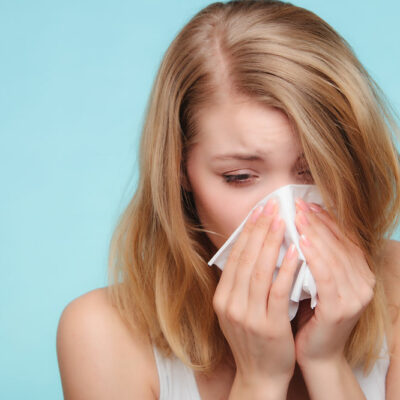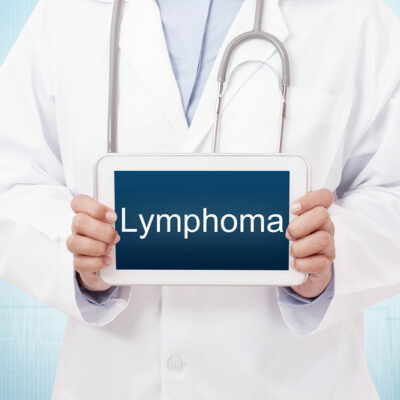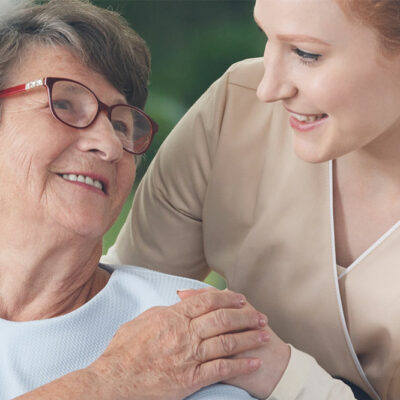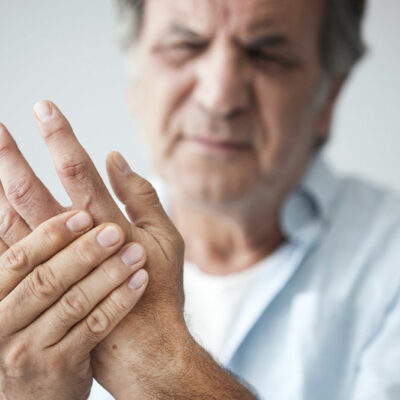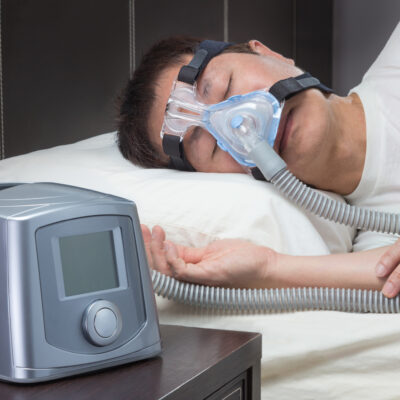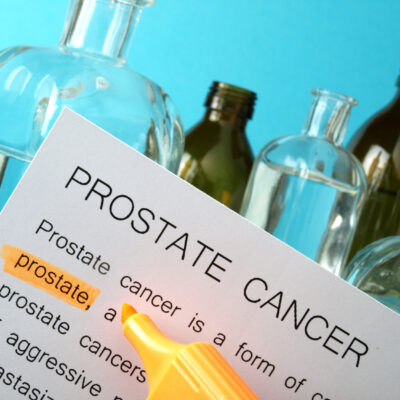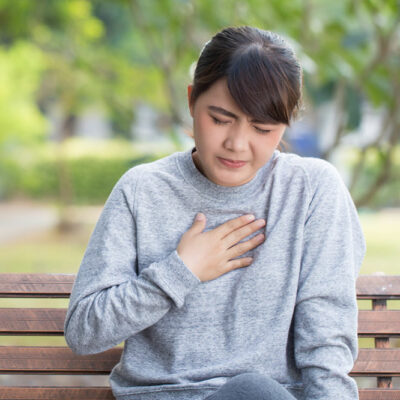
Health
Top 5 Home Remedies for Acid Reflux
Acid reflux is a condition that occurs when stomach acids are forcefully pushed back into the esophagus. To seek instant relief, people rely on over-the-counter medicines; however, there are various home remedies that can offer relief. Read on to know 5 ways to treat acid reflux at home. Follow a low-carb diet – Undigested carbs can result in bacterial growth and increase pressure inside the abdomen. Studies suggest that this is one of the most common causes of acid reflux. In addition, excess of undigested carbs can make you feel bloated and gassy. To avoid this, it is better to switch to a low-carb diet, as it focuses on proteins and limits grains, legumes, sweets, and starchy veggies. Elevate your upper body while sleeping – Among the 5 ways to treat acid reflux at home, this one is highly recommended. Acid reflux gets worse during the night because when you lie down, it becomes easier for the stomach acid to flow back. To avoid this, you need to change the angle of your body by raising your head and shoulders above your stomach, tilting your esophagus downwards. Therefore, elevate the head of your bed or use a slant pillow while sleeping.
Read More 
